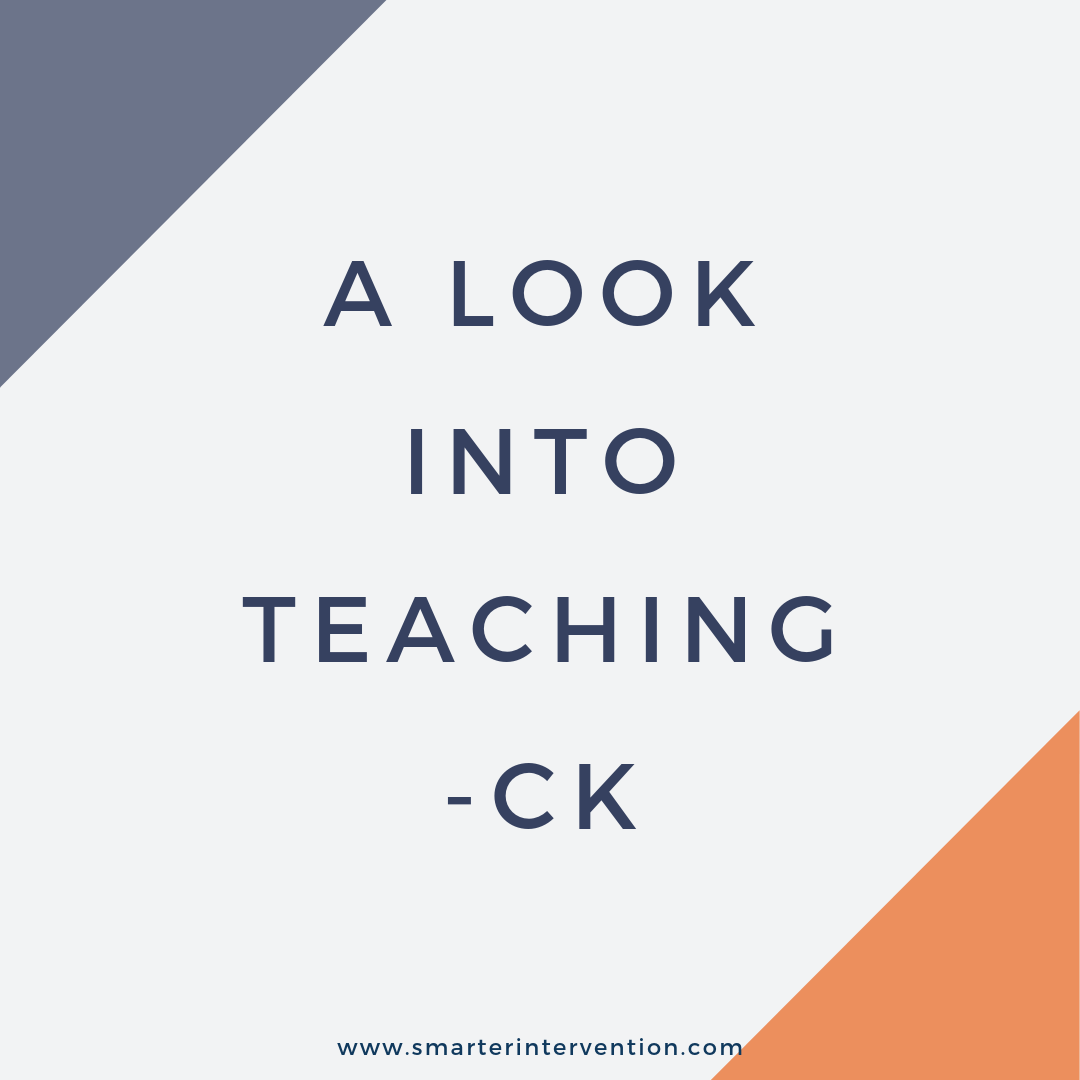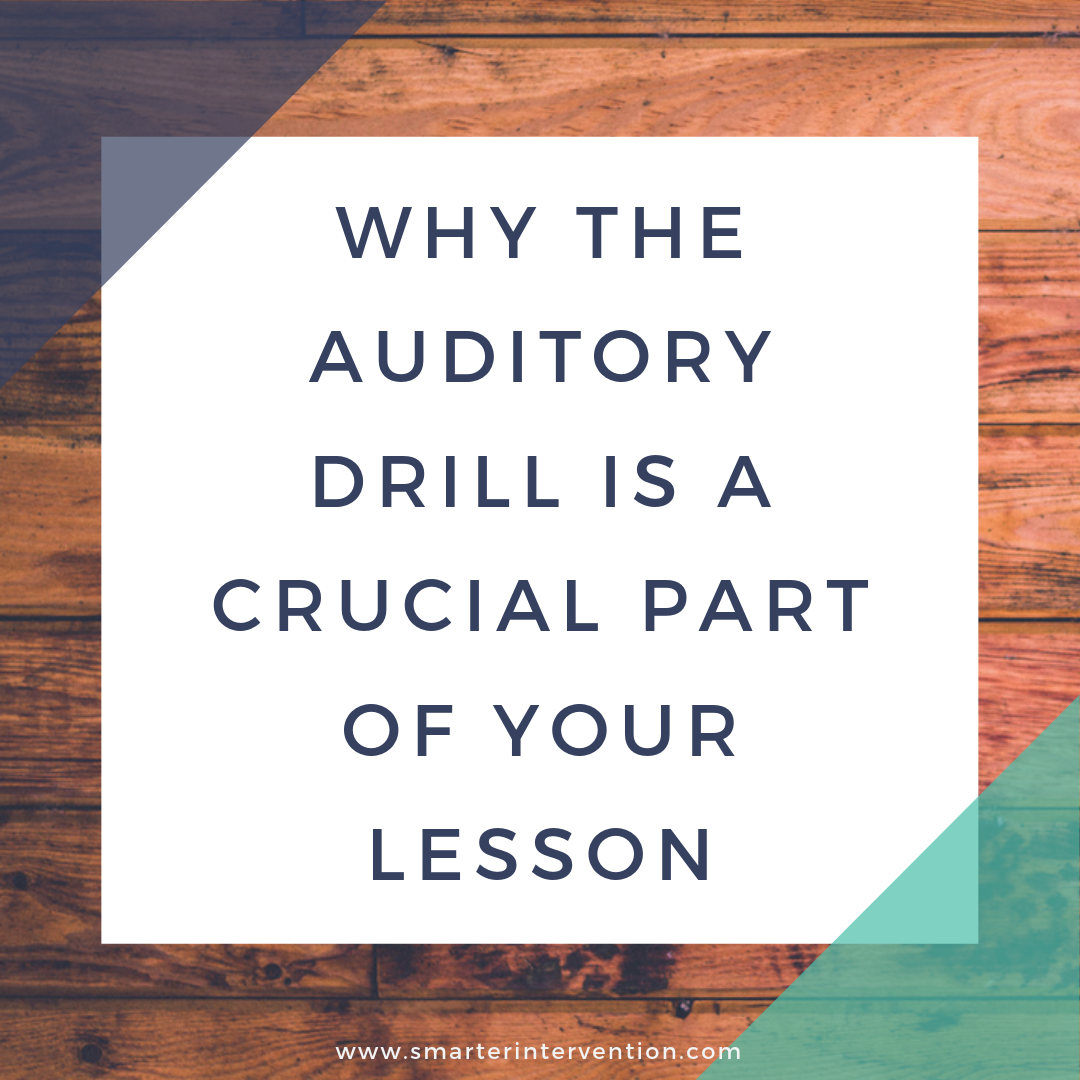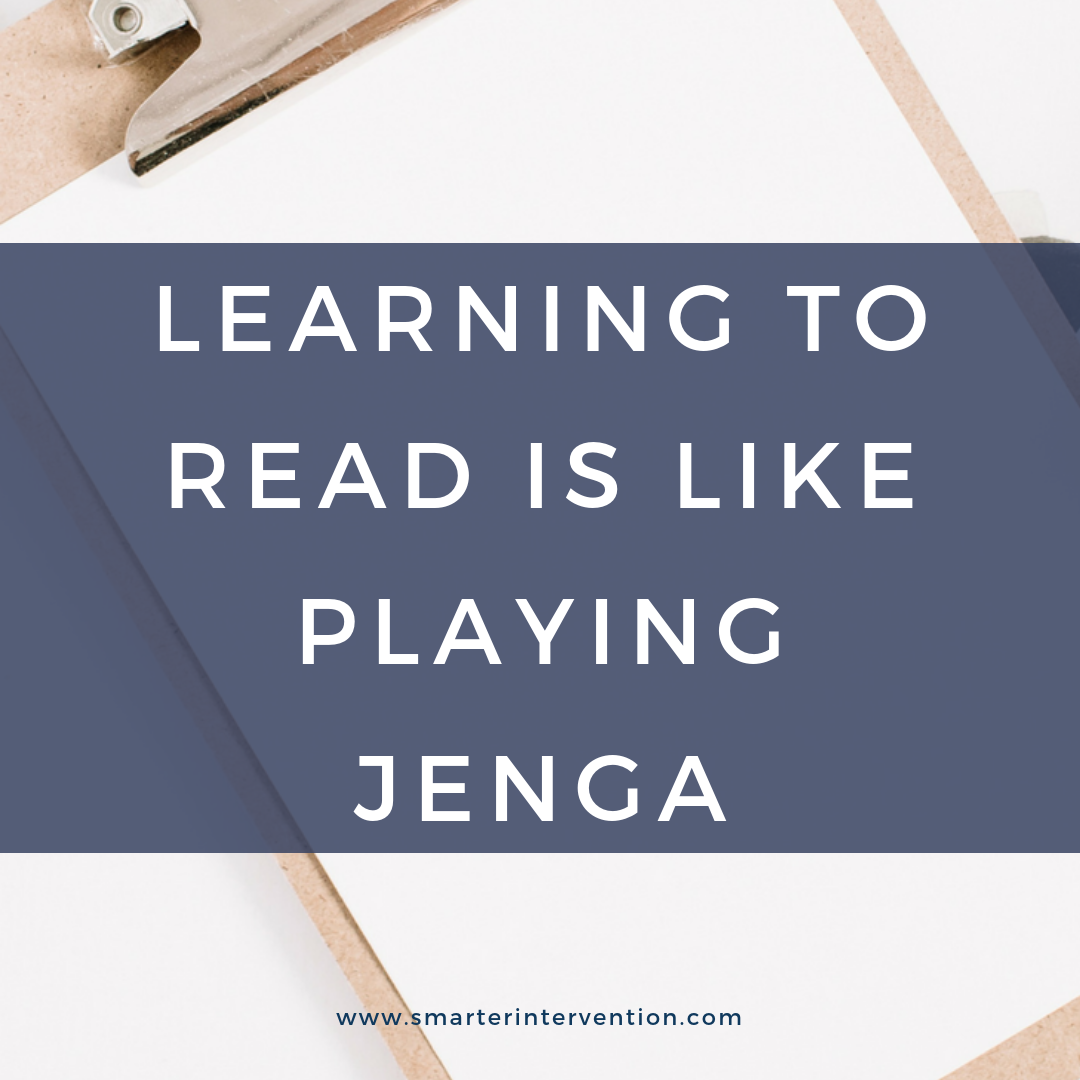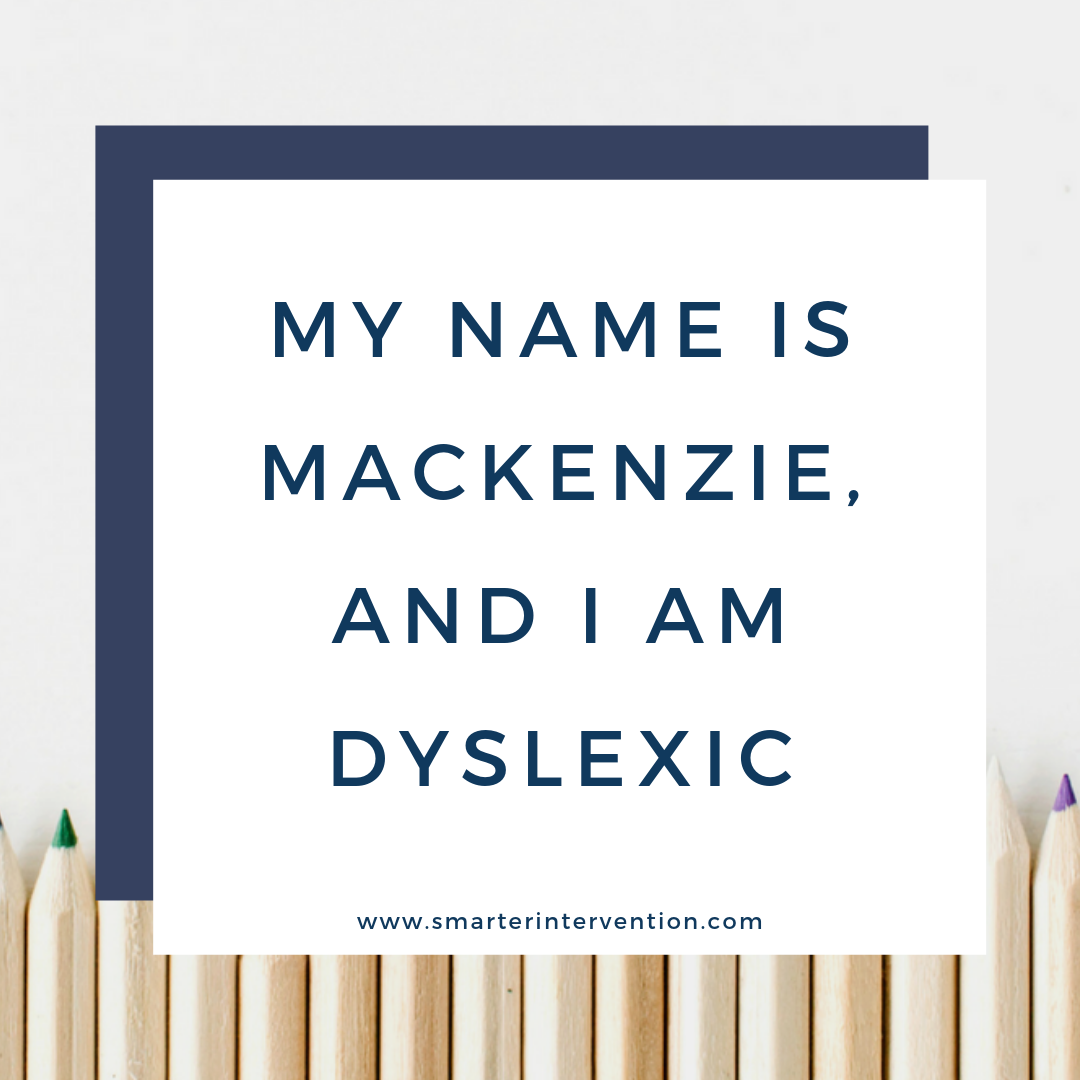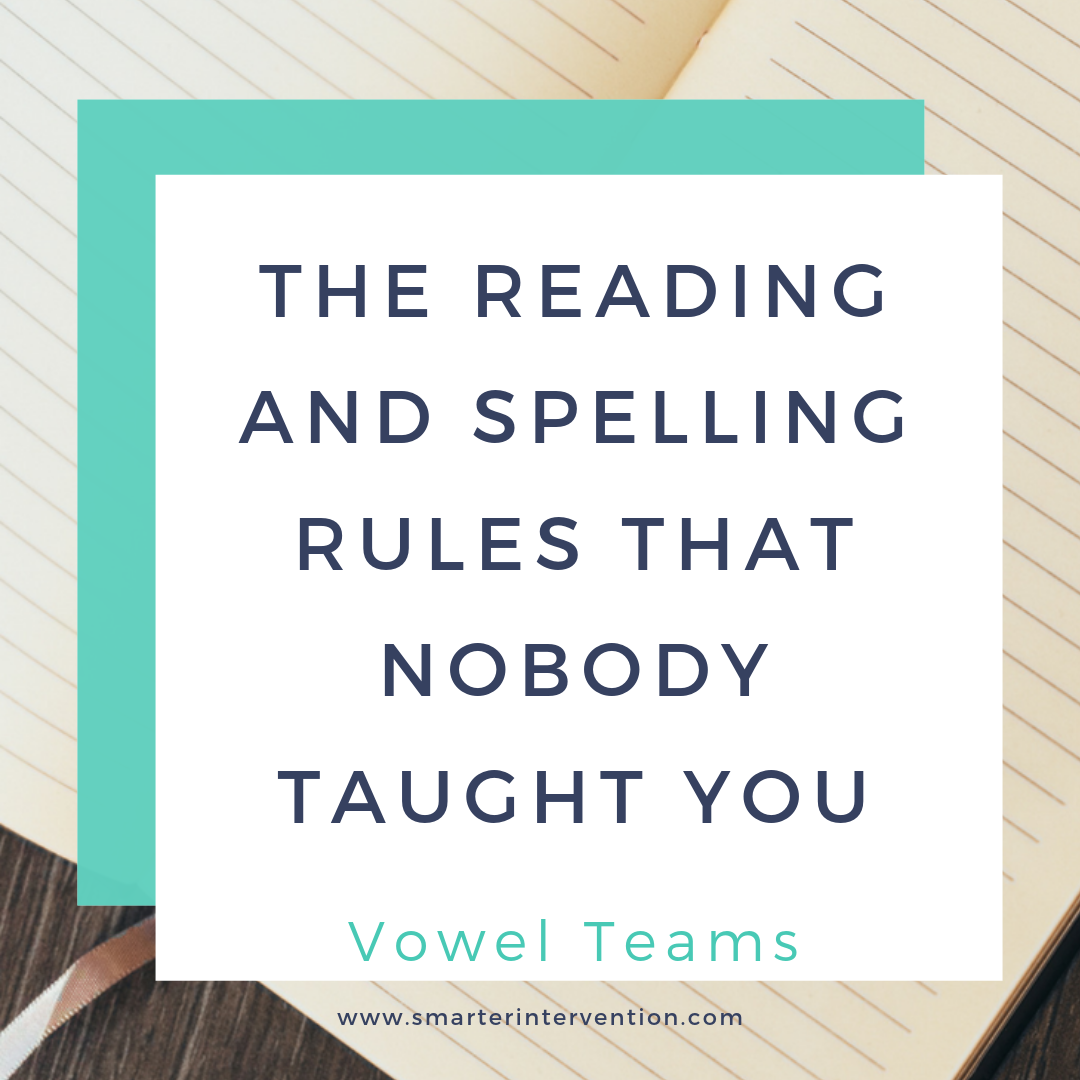Science-based literacy resources and articles
for families, educators and schools
Search by Category:
Categories
- Advocacy
- Authentic Literature
- Business
- Comprehension
- Data Tracking
- Differentiation
- Dyslexia
- Evaluation and Assessment
- Executive Functioning
- Games & Activities
- Helping My Child At Home
- How To
- IEP/504 Plan
- Lesson Planning
- Math
- Online Intervention
- Organization
- Parents
- Phonics
- Phonological Awareness
- Reading Comprehension
- Reading Fluency
- Research
- SLP
- Spelling
- Vocabulary
- Writing
We Completely Misunderstood Multi-sensory Instruction...
Multisensory teaching is a popular concept in research-based reading instruction, but the problem is that most teachers, interventionists, specialists (including US!) completely misunderstand what is needed to create multisensory reading and spelling instruction. We will show you the most effective and easiest way to incorporate multisensory instruction without the mess!
The #1 Thing You Can Be Doing to Make Your Intervention Less Stressful - Working Systematically
We’ve been there.
Planning for our students had us stressed. It had us burning out and tired. It was nothing short of exhausting, and on top of that, our students weren’t connecting with it. They weren’t growing in a way we would expect knowing how much work we were putting into it.
…and then we figured out why.
How YOU Can Work SMARTER Not Harder
We’re sure that you have heard it before. “You should be working smarter, not harder!” It’s a fairly common expression that most people use to help motivate them to be more efficient and stop fumbling around in their work… but it’s more than that. These are the 7 steps you need to work “SMARTER” in your intervention and finally start seeing the results you have been wanting.
An SLP’s Ultimate Guide to Literacy Intervention
So we absolutely LOVE Speech Language Pathologists and know that they can bring so much to the field of literacy intervention. As an SLP it can be hard to determine if such a broad scope of practice is a good thing or a bad thing but the bottom line is that with your training in the development of language you are often best positioned to support students with language-based literacy disorders.
How Can SLPs Support Students with Dyslexia?
Literacy intervention, specifically for students with dyslexia causes this interesting conversation around who best supports this type of intervention? Traditionally literacy specialists and special educators have been the ones tasked with supported reading disabilities, I mean…it makes sense it’s an academic issue right?
The challenge is that dyslexia is a language-based learning disability. It’s often really a continuum of an oral language disability that transcended into the world of written language. This is a challenge for literacy specialists and special educators who don’t have a background in supporting oral language problems. And really - literacy specialists and special educators generally don’t have a background in supporting oral language struggles because that is an SLPs bread and butter.
So what this means is that….
A Look into Teaching -ck
Reading intervention for struggling readers, such as those with dyslexia or other reading disabilities needs to be systematic, sequential, cumulative, targeted, research-based…the list goes on and on. But how do you come up with a lesson plan that has reading and spelling activities that hits on all of these targets for your struggling readers? Well look no further, we are giving you behind the scenes access to our comprehensive lesson plans that leave nothing out for your struggling readers so that they can get to grade level once and for all and you can stop spending all your time planning.
Explicit Instruction of Comprehension Strategies for Struggling Readers By Joan Sedita
There are a variety of reasons why students struggle to develop reading and writing skills, and many of these students need explicit instruction in foundational skills such as phonics for decoding and spelling, automatic fluent reading skills, and basic text structures.
Why the Auditory Drill is a Crucial Part of your Lesson
So often, I meet or talk to an interventionist who is leaving out one of the most critical parts of their lesson. Usually, it is because it only takes a few minutes, is similar to other pieces of the lesson, and just gets overlooked. This is doing such a disservice to our students, because without this crucial aspect, their reading intervention is not building a strong enough foundation. This critical piece is the Auditory Drill.
What does a Structured Literacy Lesson Actually Look Like?
If you’ve been around with us for awhile you know how passionate we are about Structured Literacy. But don’t feel bad if you’re still wondering: What is Structured Literacy? It’s actually a rather new term that’s taking over what’s more been more popularly known as:Orton-Gillingham or (OG) Reading Instruction
Learning to Read is Like Playing Jenga
When we think of Reading Intervention, we often refer to the Jenga Tower. This stems from the game Jenga where players take turns strategically pulling blocks out of a tower. Each block is then placed on top of the tower, creating a progressively taller and more unstable structure.
Ability Grouping Made Easy
With conferences upon us and a new reporting period staring us down, it is the perfect time to evaluate where are students stand after their first reporting period, and to possibly re-adjust our grouping.
Using data you gathered during this first quarter (DRA, iReady, STAR testing, or another common assessment) you can plot your students on our this diamond in order to get a clear picture about how to proceed with ability based grouping for the upcoming quarter.
Dyslexia Symptoms Checklist
Happy Friday, Everyone! We absolutely can not believe that October is already over. Holy moly! With October coming to a close, that means we are also finishing up with Dyslexia Awareness month. Our team was lucky enough to get to travel to the International Dyslexia Association’s National Conference last week - which was AMAZING.
My Name is Mackenzie, and I am Dyslexic.
My name is Mackenzie, and I am dyslexic.
Some of my earliest memories of school are feelings of frustration, confusion, sadness, and feeling lonely. Another memory that still makes my stomach hurt today is trying to memorize math facts. I have a great memory for some things; song lyrics, things people say, and pictures. But, remembering letters and numbers is a totally different story.
Understanding the Necessary Neural Connections for Literacy Acquisition
Okay everyone, we’ve got some heavy stuff for you this Friday. But here’s the thing we are super amped up about it right now because we are at the International Dyslexia Association National Conference and just had the opportunity to present this information about our favorite thing since sliced bread.
How Do I Pick Relevant Activities for My Reading Intervention Students?
So this can be one of the most challenging things we face as reading interventionists - what activities do I pull to target specific weaknesses for my struggling readers? And how can I do that without spending a TON of extra time that I don’t really have?
We all want the very best for our students, it’s our mission and our goal to be providing the best possible instruction to help completely eliminate reading and spelling gaps.
Consonant LE Syllables - The Reading and Spelling Rules No One Ever Taught You
Here we are with our last syllable type! If you’ve been with us since the beginning of this series you’re all caught up on the crazy reading and spelling rules you may have never heard of - we certainly hadn’t. If you missed learning about all the spelling rules with the other syllable types - go back and check them out!
Vowel Teams - The Reading & Spelling Rules That Nobody Taught You
Thanks for sticking with us and our series of The Reading & Spelling Rules Nobody Ever Taught You. The fifth syllable type teach our students is Vowel Teams. This is when two vowels stick together to make one sound. Think of the vowel sounds in words like rain, play, green, key, goat, boil, etc. Vowel teams can be kind of tricky so click through to read more and grab our Anchor Chart Worksheets!
Open Syllables - The Reading and Spelling Rules That Nobody Taught You
Welcome to week 4 in our series of The Reading & Spelling Rules That Nobody Taught You. In this post, we are going to talk about the fourth syllable type we teach to our students, Open Syllables.
The Open Syllable is the opposite of a Closed Syllable. In an open syllable, you have a vowel left alone at the end of the syllable. Our students like to remember that when nothing is behind the vowel, it can go for a looooong run and say its loooooong sound.







